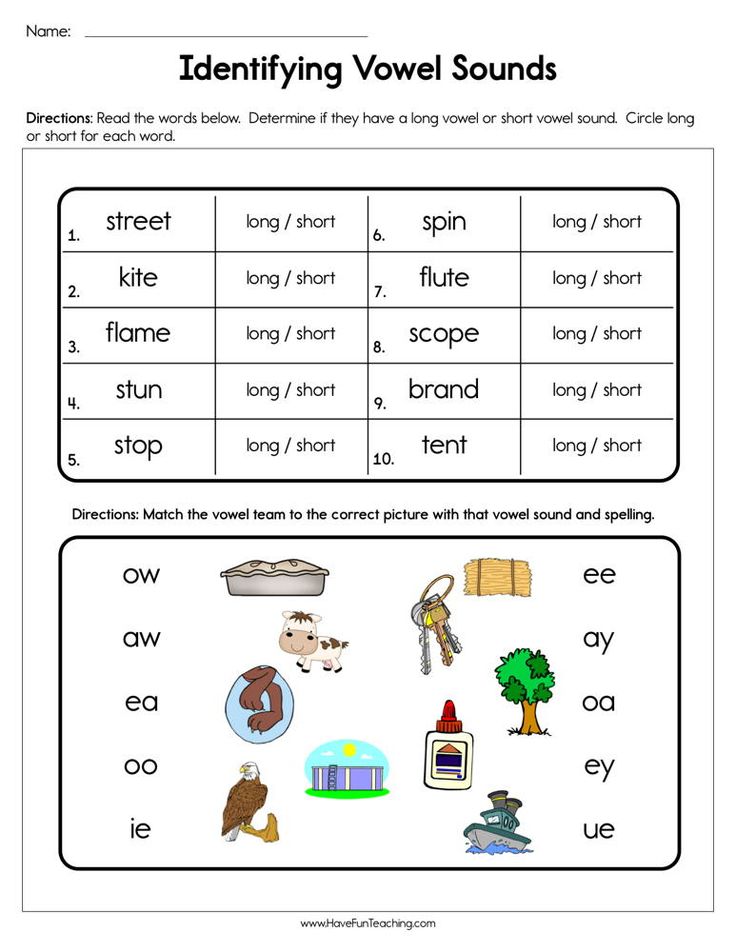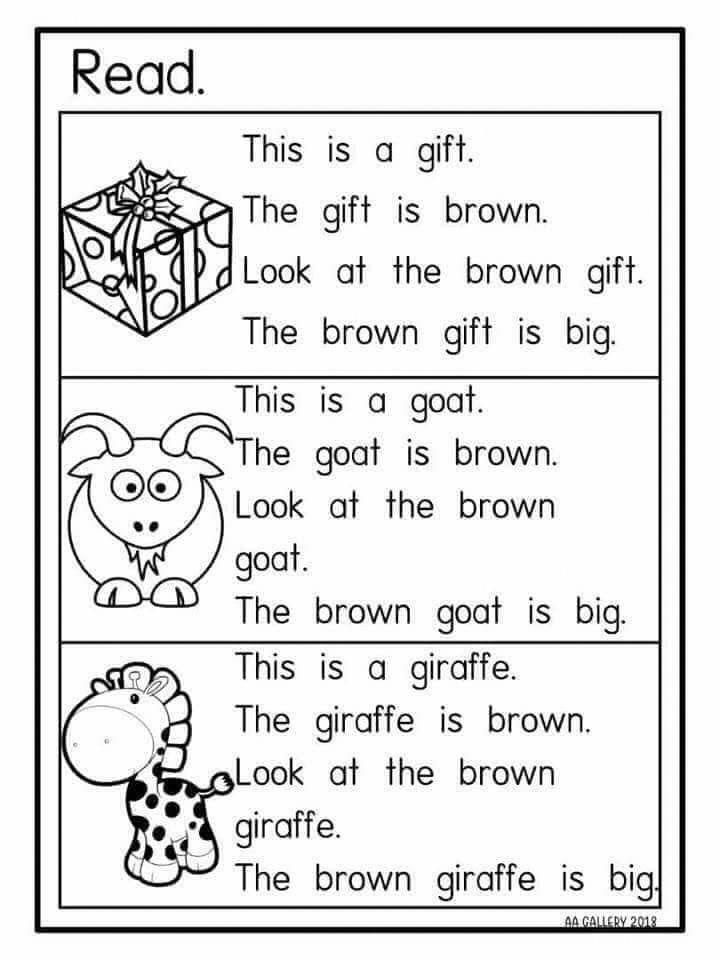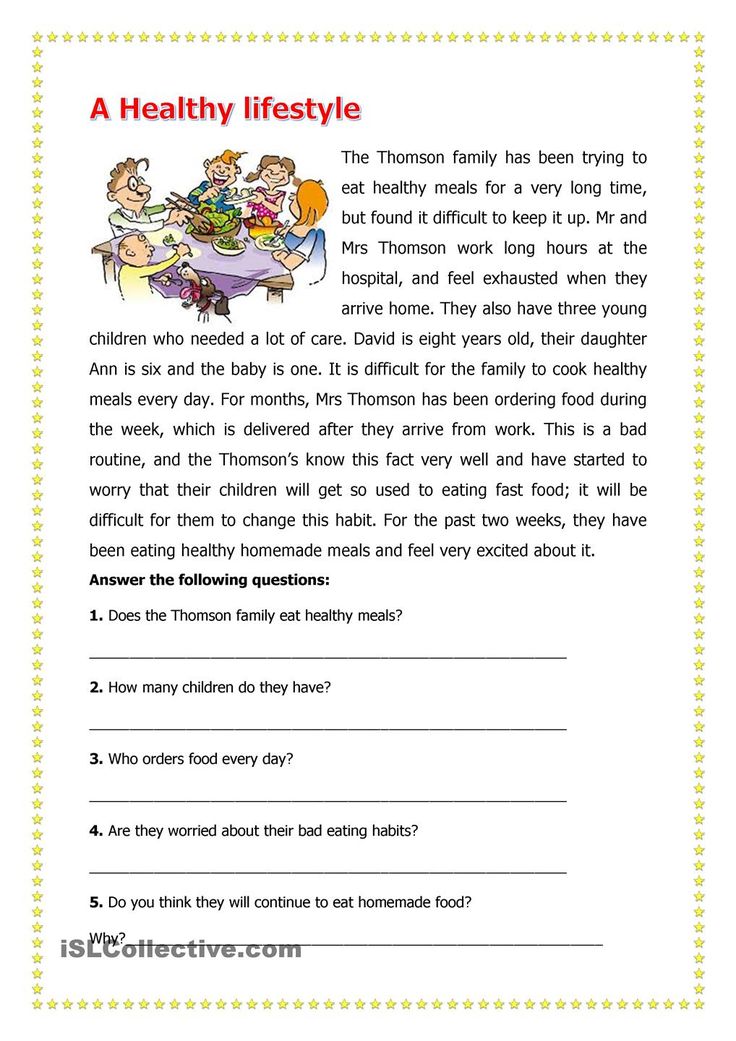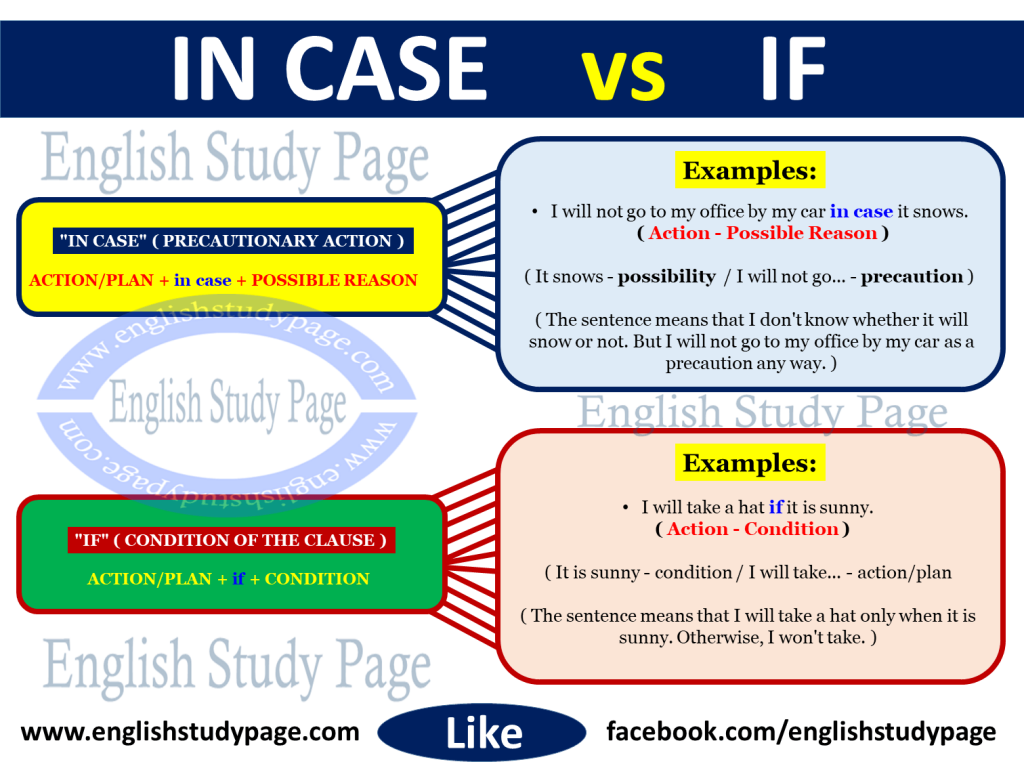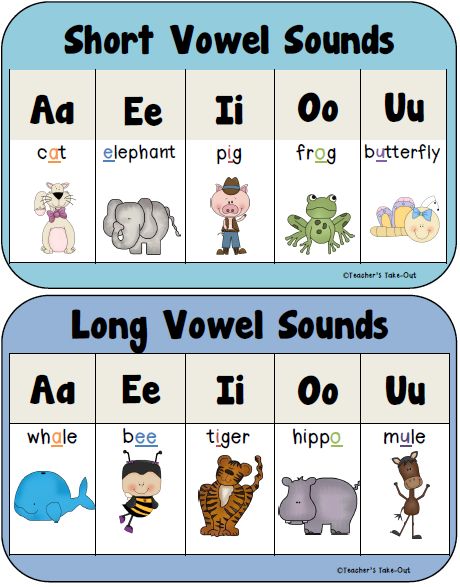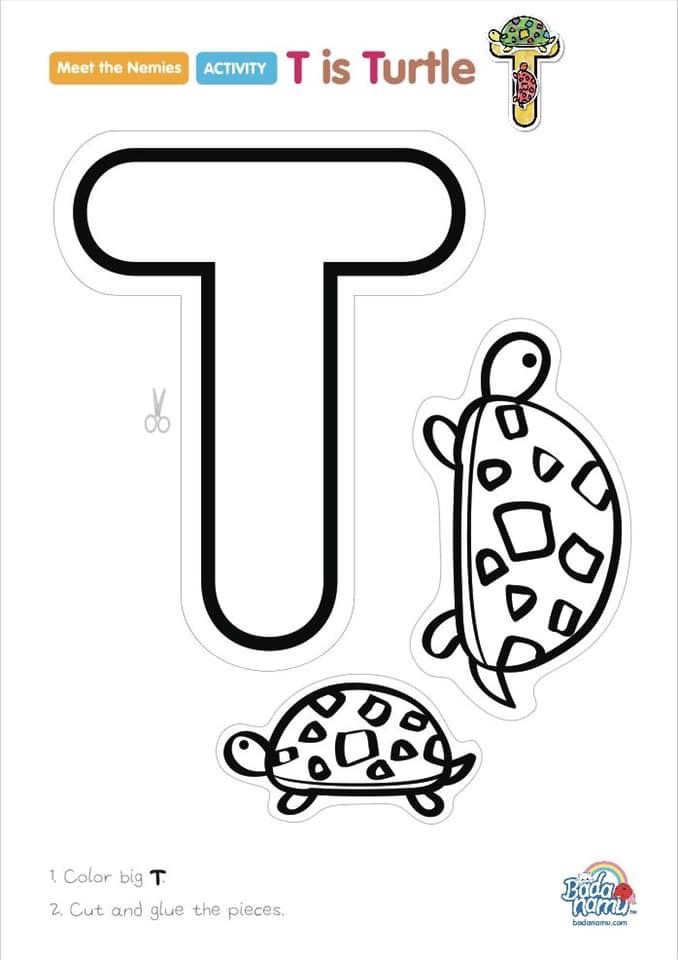What is the long vowel sound
Long Vowel Sounds: Word Lists & Activities
Phonics | Spelling
ByDelilah Orpi
This post may contain affiliate links, and I will earn a commission if you purchase through these links. Please read the disclosure policy for more details.
Sharing is caring!
12884 shares
- Share
- Tweet
In this post, I’m breaking down long vowel sounds (or long vowel words) to help you teach them when working with struggling readers and spellers.
Looking for long vowel word lists? Download all 5 of my pdf long vowel sounds word lists in my freebies library by joining my email list below.
What is a long vowel sound?
Long vowel sounds are vowels that are pronounced the same as their name. You’ll often hear teachers say that long vowels “say their name”.
Long vowels are very common but they can be tricky because there are so many spellings for each long vowel sound.
There are actually 4 ways to make long vowel sounds:
- Vowels at the end of a syllable make the long sound. For example, in the words me and halo (ha-lo) the vowels are all at the end of a syllable so they make the long sound.
- Silent e makes the previous vowel long. The words bike and phone have a silent e at the end that makes the previous vowel long.
- Vowel teams can make the long sound. Vowel teams work together to make one sound, and usually, it’s a long vowel sound. For example, boat and meat both have vowel teams that make the long sound.
- I or O can be long when they come before two consonants. In words like cold and mind, i and o make a long vowel sound.

Long Vowel Words
Long vowel sound words are words that have vowels that say their name. Below are a few examples:
- Long a – baby, cake, rain, day, they, weigh
- Long e – me, eve, hear, meet, piece, candy
- Long i – silent, bike, light, my
- Long o – go, home, toe, boat, snow
- Long u – music, mule, pew, feud
Long A Sound
The long a sound can be represented by 8 different spelling patterns:
- a – baby
- a_e – cake
- ai – rain
- ay – play
- ei – reindeer
- eigh – weight
- ea – steak
- ey – they
Learn more about teaching the long a sound here, and check out my Long A Words Activities & Worksheets for printable activities.
Long E Sound
The long e sound can be represented by 8 different spelling patterns:
- e – be
- e_e – eve
- ee – meet
- ea – beach
- ei – protein
- ie – piece
- ey – key
- y – candy
For ideas, tips, and tricks when teaching the long e sound, read this post all about teaching the long e vowel sound
, and check out my Long E Words Activities & Worksheets for printable activities.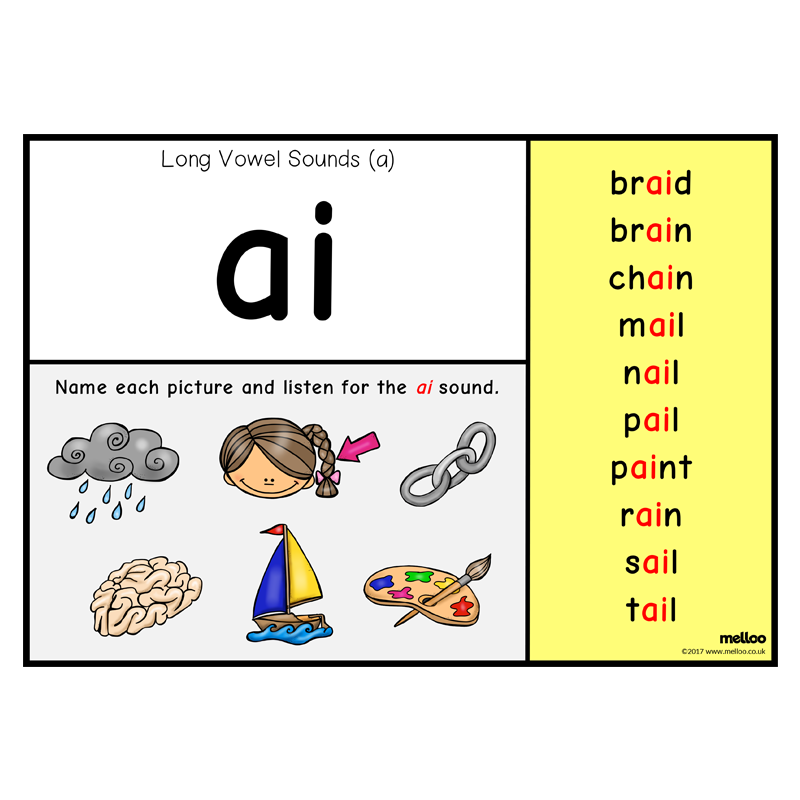
Long I Sound
The long i sound can be represented by 6 different spelling patterns:
- i – silent
- i_e – shine
- ie – pie
- igh – light
- y – my
- y_e – type
You can learn more about teaching the long I sound in this post. And check out my Long I Worksheets set in my shop for printable activities on the long i sound.
Long O Sound
The long o sound can be represented by 5 different spelling patterns:
- o – go
- o_e – phone
- oe – toe
- oa – boat
- ow – snow
You can learn more about teaching long o words and check out my long o worksheets.
Long U Sound
The long u has two sounds: yoo (/y/ /oo/) and oo (/oo/).
The long u sound can be represented by 7 different spelling patterns:
- u – music
- u_e – mule
- ue – rescue
- eu – feud
- ew – few
- oo – food
- ou – soup
Learn more about teaching the long u sound here.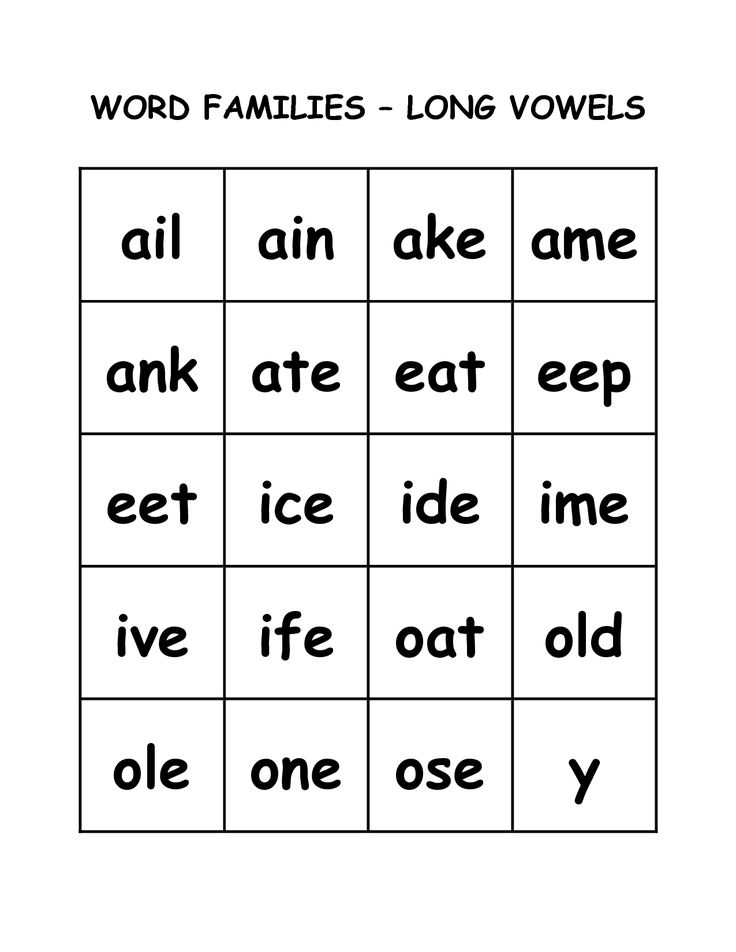
Tips for teaching the long vowel sounds
Teach one spelling pattern at a time!
I don’t mean one vowel sound, but just one spelling pattern. So for example, if you’re working on long a, you would work on the spelling pattern a silent e (cake, same, cave) until students have mastered it, then move on to ai, and so on. You should not be teaching multiple spelling patterns together, even though they make the same sound.
I know that most programs out there combine all the long vowel sound spelling patterns into one lesson, especially in spelling lists, but this does not work for struggling readers. You need to break it down for them and only do one at a time.
Teach the syllable types.
Because syllables have a lot to do with whether vowels make the short or long sound, if students do not already know the 6 syllable types then teach them along with the long vowel sound.
Here are resources for each syllable type:
- closed syllable
- open syllable
- final silent e syllable
- vowel team syllable
- r combination syllable
- consonant le syllable
Use a variety of activities to practice each spelling pattern.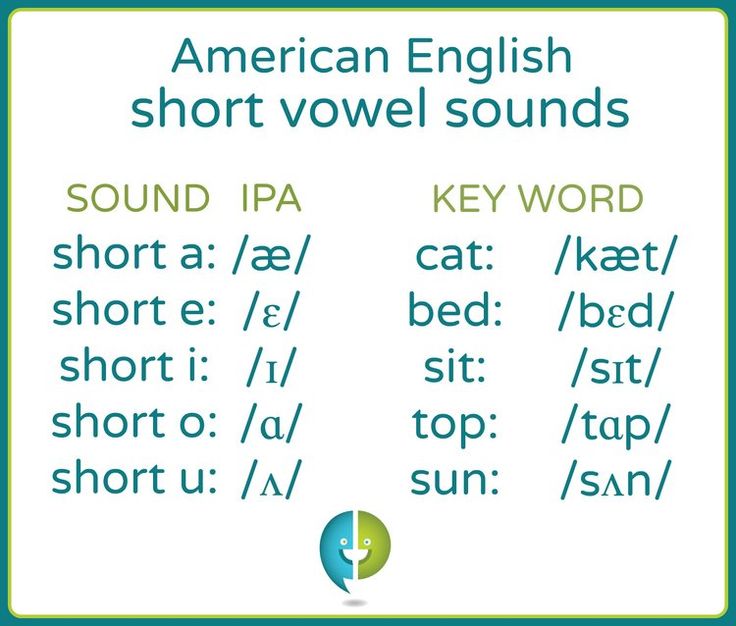
Games, dictation, word sorts, memory or matching with flashcards, word hunts, textured writing, body spelling, and bingo are all fun ways to practice the long vowel sounds.
The main activity that is often overlooked is dictation. It seems so simple but the task involves listening to a word, deciding on the spelling, and transferring that info to written form. These are all skills that struggling readers need to practice.
Teach the spelling generalizations.
Some of the long vowel spelling patterns are spelling rules that make it easy to remember.
For example, ai is usually found at the beginning or middle of a syllable, and ay is usually found at the end of a syllable. [Examples: rain, aim, play, daytime]
Here is another example with long o: oa is usually found at the beginning or middle of a word, and ow is usually found at the end. [Examples: boat, coach, snow]
Long Vowel Word List
I made these word lists to help teach the long vowels. I find it handy to have these on hand when playing phonics games or planning activities for long vowel lessons.
I find it handy to have these on hand when playing phonics games or planning activities for long vowel lessons.
Grab them for free below!
Visit my Teachers Pay Teachers shop to see all my literacy products.Want to remember this? Save Long Vowel Sounds: Word Lists & Activities to your favorite Pinterest board!
Sharing is caring!
12884 shares
- Share
- Tweet
Delilah Orpi
Delilah Orpi is the founder of Thrive Literacy Corner. She has a Bachelor's degree in Special Education, a Master's degree in TESOL, and is a member of the International Dyslexia Association. She is an experienced educator and literacy specialist trained in Orton Gillingham and Lindamood Bell. Delilah creates literacy resources for educators and parents and writes to create awareness about dyslexia and effective literacy instruction based on the science of reading.
Similar Posts
Phonics | Spelling
How To Teach The Consonant -le Syllable
ByDelilah Orpi
Learn all about the consonant le syllable, including how to teach it using multisensory methods that follow the science of reading. You can find all my syllable posts here. And you can read The 6 Types of Syllables here, where I explain what a syllable is, how to count syllables, and go over the 6 syllable types. What…
Read More How To Teach The Consonant -le SyllableContinue
Parents | Phonics | Reading Comprehension | Spelling
The Best Reading Manipulatives
ByDelilah Orpi
Whether you’re new to teaching reading or you’re a seasoned educator, you know that using manipulatives in your reading instruction is important.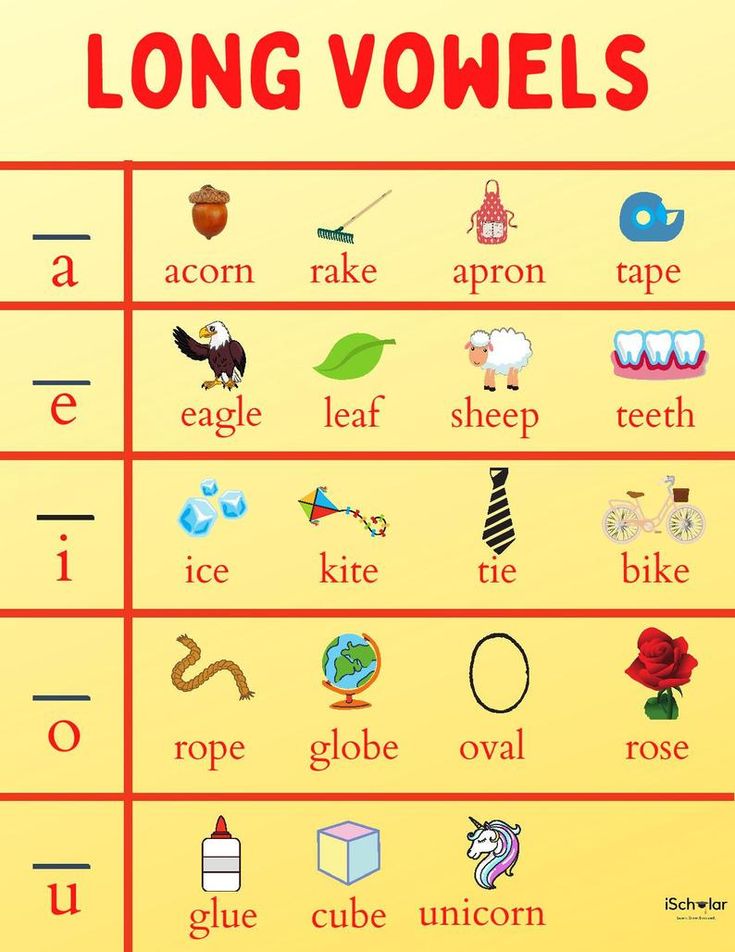 Reading manipulatives help students of all ages engage with the text, build fluency, and develop comprehension skills. There are a lot of different reading manipulatives out there, so it can be tough to…
Reading manipulatives help students of all ages engage with the text, build fluency, and develop comprehension skills. There are a lot of different reading manipulatives out there, so it can be tough to…
Read More The Best Reading ManipulativesContinue
Phonics
Ultimate List of Decodable Texts
ByDelilah Orpi
Are you looking for decodable text to use in your class? There are plenty of options out there. Some may be too difficult for your students, while others might not go deep enough. This blog post will provide a list of the best places to find decodable texts so that you can choose what is…
Read More Ultimate List of Decodable TextsContinue
Phonics
Elkonin Boxes For Reading Intervention
ByDelilah Orpi
After years of working with dyslexic kids, I have several reading strategies for struggling readers that I always turn to because of their success. The best strategies are all multi-sensory because those are the most effective for all struggling readers, especially those with dyslexia. Elkonin boxes are an effective multisensory strategy that builds and strengthens…
The best strategies are all multi-sensory because those are the most effective for all struggling readers, especially those with dyslexia. Elkonin boxes are an effective multisensory strategy that builds and strengthens…
Read More Elkonin Boxes For Reading InterventionContinue
Spelling
Simultaneous Oral Spelling Multisensory Spelling Strategy
ByDelilah Orpi
Simultaneous Oral Spelling, also known as S.O.S., is a multisensory spelling strategy that is really effective for poor spellers and dyslexics. The strategy builds phonological awareness skills, an area that is often a huge deficit in poor spellers and dyslexics. Research has shown that simultaneous oral spelling is a very effective multisensory spelling method for…
Read More Simultaneous Oral Spelling Multisensory Spelling StrategyContinue
A Handy Guide to Long Vowel Sounds (+ 5 FREE Downloads)
by Marie Rippel
When you teach reading and spelling, it’s a good idea to have a general overview of long vowel sounds. Let’s dive in!
Let’s dive in!
A long vowel is a vowel that is pronounced the same as its name. For example, the word emu starts with the long E sound.
Seems pretty simple, right? But did you know that long vowel sounds can be spelled four different ways and that each way follows a specific spelling pattern?
The overview that follows will help you see the big picture about long vowel sounds as you teach reading and spelling. Read on to discover these useful patterns!
Four Ways to Form Long Vowel Sounds
A vowel at the end of a syllable can be long.
In the word we, as in We love emus, the vowel E is at the end of the syllable and says long E. In these words, the vowel at the end of a syllable is long: hero, hi, music.
Silent E can make the previous vowel long.
In the word cute, as in Emus are cute, the long U sound is formed by adding Silent E at the end of the word. Here are more words in which Silent E makes the previous vowel long: tape, shine, code.
Vowel teams can make long vowel sounds.
Vowel teams are two vowels that work together to make one sound. For example, in the word eat, as in Emus eat seeds, vowel team EA says long E. These words have vowel teams that make a long vowel sound: mail, sheep, soap.
I or O can be long when they come before two consonants.
In the word stroll, as in The emu went for a stroll, the letter O comes before two consonants and says its long vowel sound. In these words, I or O are long before two consonants: kind, gold, child.
So there you go—the four basic patterns for spelling long vowel sounds!
Let’s Dive in a Little Deeper
The chart below illustrates the most common ways to spell the long vowel sounds.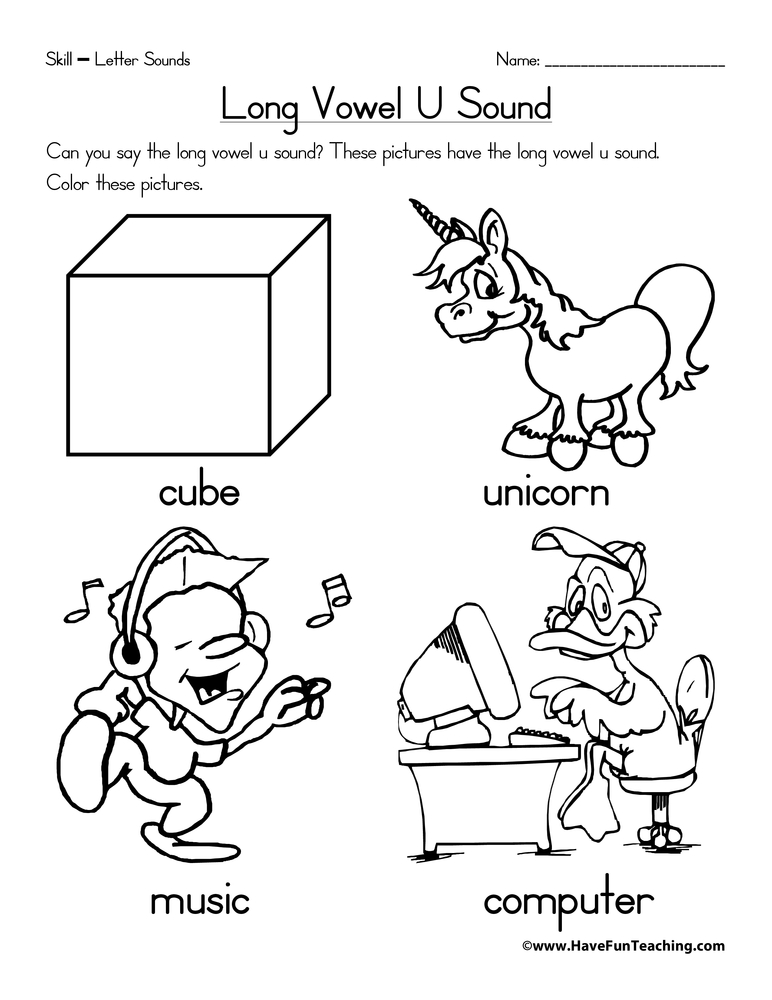
Click to Download a Printable Chart!
Seeing these spellings all gathered in one place is enlightening for those of us who are already proficient readers and spellers. But I would only recommend using the chart for reference, or with an older student who has already mastered most of these phonograms. I would not recommend overwhelming a beginning student by teaching these spellings all at once. Instead, teach these basic patterns to students incrementally, one at a time.
Activities to Teach Long Vowel Sounds
Are you interested in seeing how we teach the four long vowel patterns in All About Reading and All About Spelling? Here is a sampling for you to download and enjoy!
Download “Be a Hero” Activity
(Vowel at the end of a syllable)
Download “Kit or Kite?” Activity
(Silent E)
Download “Wake Up the Sheep” Activity
(Vowel Teams)
Download “Find Gold” Activity
(I and O are long before two consonants)
The Bottom Line for Teaching Long Vowel Sounds
When it comes to teaching long vowel sounds, here’s what you need to keep in mind:
- Long vowel sounds can be spelled four different ways, each following a specific pattern.
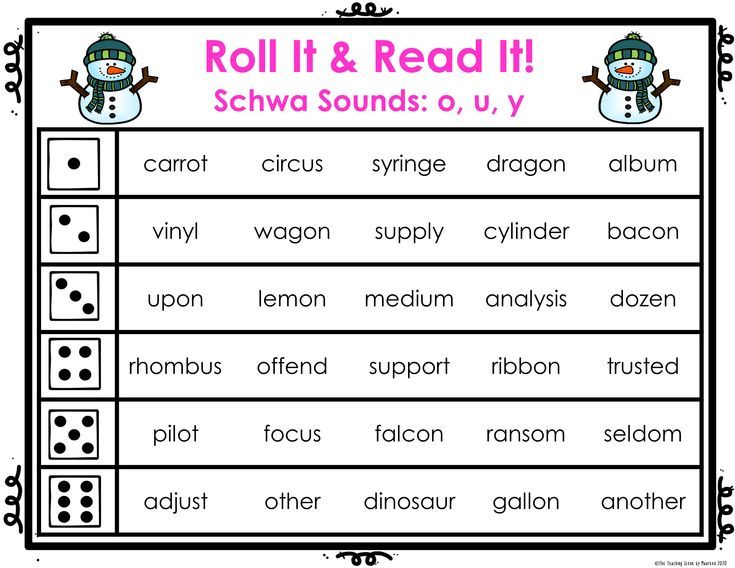
- Teach these basic patterns to students incrementally, one at a time.
- Keep it fun! Use a wide variety of interesting activities to help your student learn the four patterns for forming long vowel sounds.
All About Reading and All About Spelling walk you and your student through all the steps needed to help your student learn to read and spell. The programs are multisensory, motivating, and complete with everything you need. And if you ever need a helping hand, we’re here for you.
What’s your take on teaching the long vowel sounds? Do you have anything else to share? Let me know in the comments below!
Looking for information on short vowels? Check out our Handy Guide to Short Vowel Sounds!
Long and short vowels in English
Longitude is one of the characteristics of a vowel sound, which shows the relative duration of its sound compared to other sounds.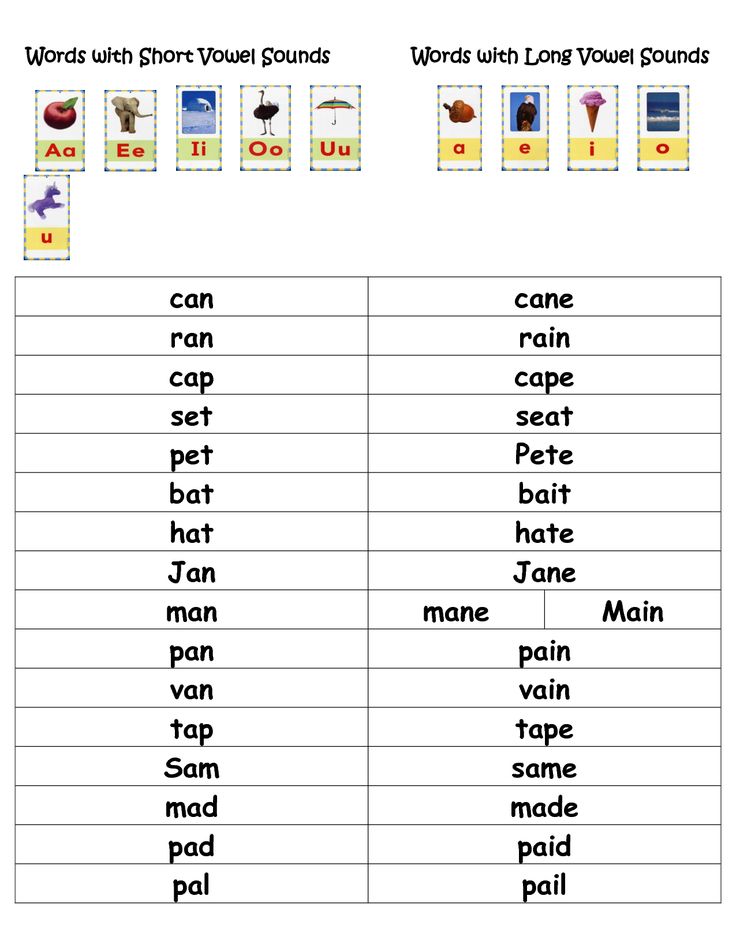
Longitude can be positional and phonemic. In the first case, the duration of the vowel depends on the position in the word and stress, while this characteristic does not affect the meaning. The phonemic length of a vowel has a semantic function, that is, depending on the length of the sound, the meaning of the word changes.
Length of vowel sounds in English
In Russian, the length of vowel sounds does not affect the meaning of words and changes only depending on stress. In English, vowels differ not only in positional but also in phonemic length. This means that long and short sounds, similar in other characteristics, represent different phonemes. Words that differ only in these phonemes have different meanings: ship - sheep , fit - feet , pull - pool . Therefore, it is so important to pronounce long and short sounds correctly.
In transcription, long vowels are indicated with a colon: [i:], [α:], [ɔ:], [u:], [ә:]. In some cases, long vowels in an unstressed position are reduced and become semi-long, which in transcription is indicated by one dot from above: [α ].
In some cases, long vowels in an unstressed position are reduced and become semi-long, which in transcription is indicated by one dot from above: [α ].
The long vowels listed above are opposed to short vowels, forming the following pairs in English:
- [i:] - [ı]
- [uː] - [u]
- [ɔ:] - [ɒ]
- [α:] - [ʌ]
- [ә:] - [ə]
The pronunciation of long and short English vowels often causes difficulties for Russian learners of English, since in Russian vowels do not have phonemic longitude, and we are not used to distinguishing the length of a vowel sound by ear. We often do not hear the difference between long and short vowels when listening to English speech. It is still not clear how long you need to draw a sound when speaking, so very unnatural, or almost inaudible, or too long vowels are obtained. It is impossible to correctly pronounce short and long sounds so that a native speaker hears the difference, even if you diligently shorten short vowels and stretch out long ones.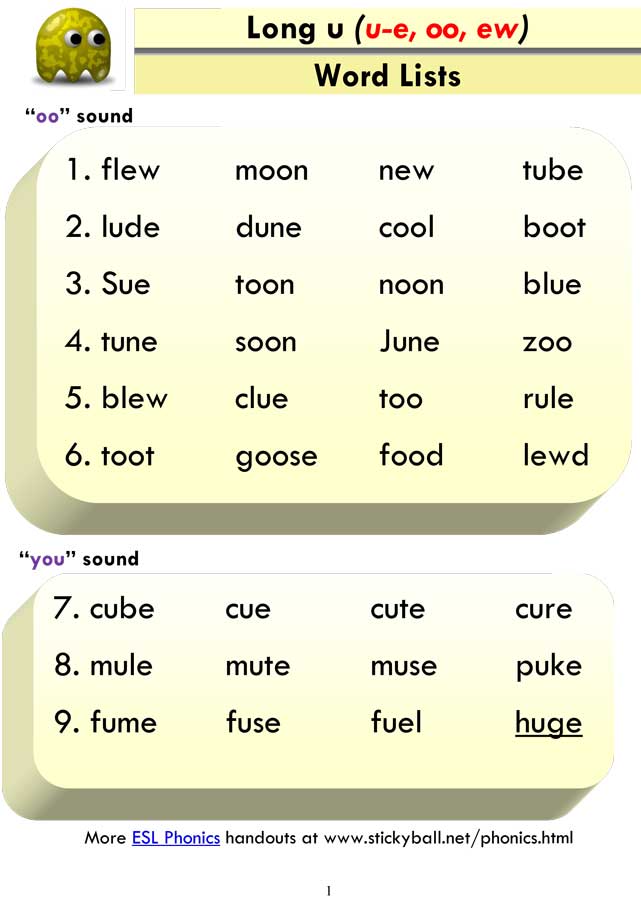
Sometimes it seems that native speakers themselves do not know the difference between short and long sounds, they seem to pronounce them the same way - but they themselves understand each other. But it's not. Let's see what are the differences between long and short English vowels, how to learn to hear them and how to train their pronunciation.
Differences between long and short English sounds
It is logical to assume that if vowels are called long or short, they differ in sound length. This is the main difference between them, but not the only one. It is important to understand that long and short sounds have other differences, which consist in articulatory features. This means that the sounds are not just of different lengths, they are also different in sound. And most often it is these articulatory features that determine the length of the vowel sound: the duration of the sound depends on the position of the tongue and the tension of the vocal apparatus.
Long and short English vowels differ in such a characteristic as tension. Long vowels are tense, in English they are also called tense . When they are pronounced, the root of the tongue seems to be tense, under tension. The sound is pronounced, bright, rich, clear.
Short vowels are called lax – relaxed. The tongue in the region of the root is relaxed, the vowel sound is articulated quickly, easily, without additional effort, as if bursting. It turns out short, inconspicuous, faded and fuzzy.
Qualitative differences in sounds in different pairs of English vowels range from pronounced to almost imperceptible. It is easy to notice the difference between long and short sounds a: pay attention to how the words cart and cut are pronounced, they differ not only in duration, but also in sound. But the differences between long and short u are almost imperceptible: pool and pull sound very similar, only slightly different in length.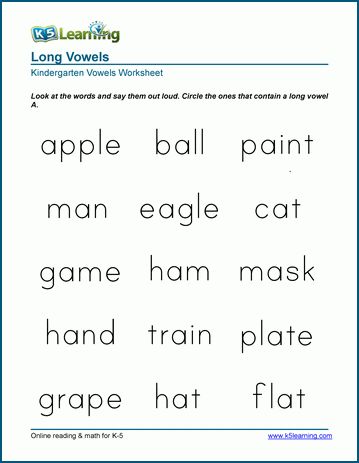 The Scots generally pronounce them the same way, differing only in context.
The Scots generally pronounce them the same way, differing only in context.
In addition, the duration of the pronunciation of vowels is also affected by positional longitude - for example, stressed or unstressed position in a word. As a result, a short vowel sound in one word may sound longer than a long sound in another word.
Thus, it is not enough to rely only on the subjective duration of a vowel sound. All the features of short and long vowels described above must be taken into account when learning English. It remains to understand how to master the pronunciation of long and short sounds in practice.
How to learn to pronounce long and short English vowels
The main mistake foreigners make when pronouncing long and short English sounds is focusing only on duration. But with this approach, it is intuitively incomprehensible where the boundary between a long and a short sound passes: you can’t measure the length of a sound with a stopwatch.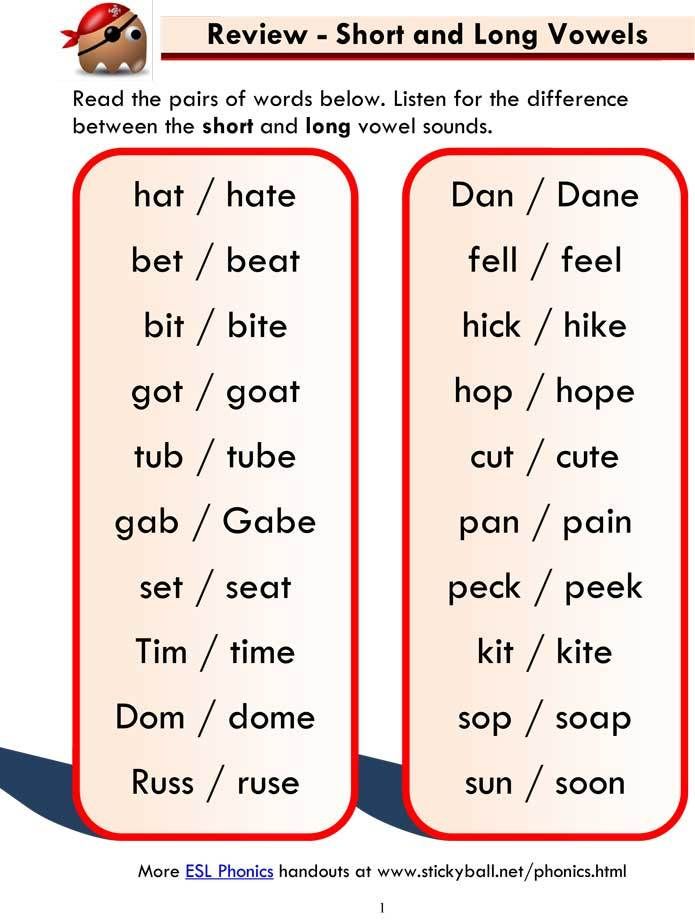 When trying to artificially lengthen or shorten a vowel, the sounds are unnaturally short or drawn out.
When trying to artificially lengthen or shorten a vowel, the sounds are unnaturally short or drawn out.
To learn how to pronounce long and short English sounds, you need to forget about the usual terminology "long" and "short". Try not to think about the duration of the sound at all. To correctly pronounce long and short vowels, you need to focus on their articulation, and not on duration. If we correctly reproduce the pronunciation of the vowel, then the duration will turn out to be correct automatically. Remember that long vowels require more tension at the root of the tongue, while short ones are pronounced without additional effort, easily and without tension.
Pay attention to how native speakers pronounce vowels - don't watch how long they draw them out, but watch the pronunciation, the articulation, the quality of the sound. Repeat, imitate, practice. For practice, it is best to use video lessons or a conversation with a native speaker, since audio materials do not make it possible to see articulation.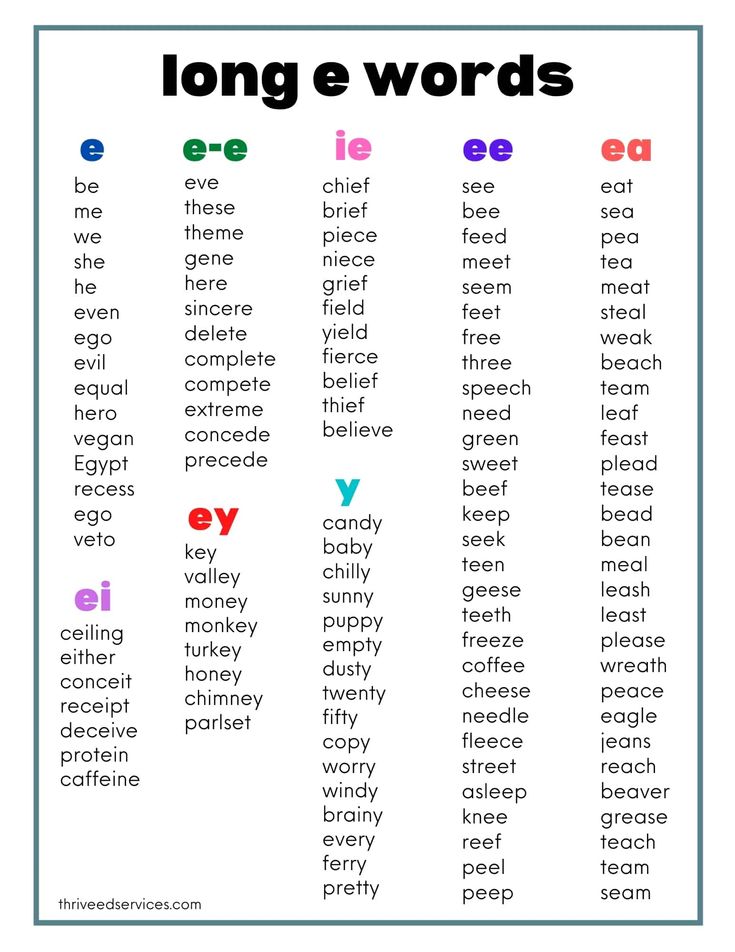
It is best to train long and short sounds not separately, but as part of words. First, this way you will note the influence of positional longitude on the duration of the sound in specific examples. Secondly, just as words are best learned in context, sounds are also best learned in the environment.
Practice pronunciation of long and short vowels in pairs of words to notice the difference between sounds, for example:
- Sport – hot
- Arm-cut
- See-hit
- Food-put
- Fur – ago
When you learn how to pronounce long and short vowels correctly in English, it will become easy to distinguish between them in speech. When listening to speech, forget about the differences in duration, pay attention to the qualitative differences in sounds - how intensely the vowel is pronounced, how bright or faded it sounds, how pairs of sounds differ from each other, except for duration.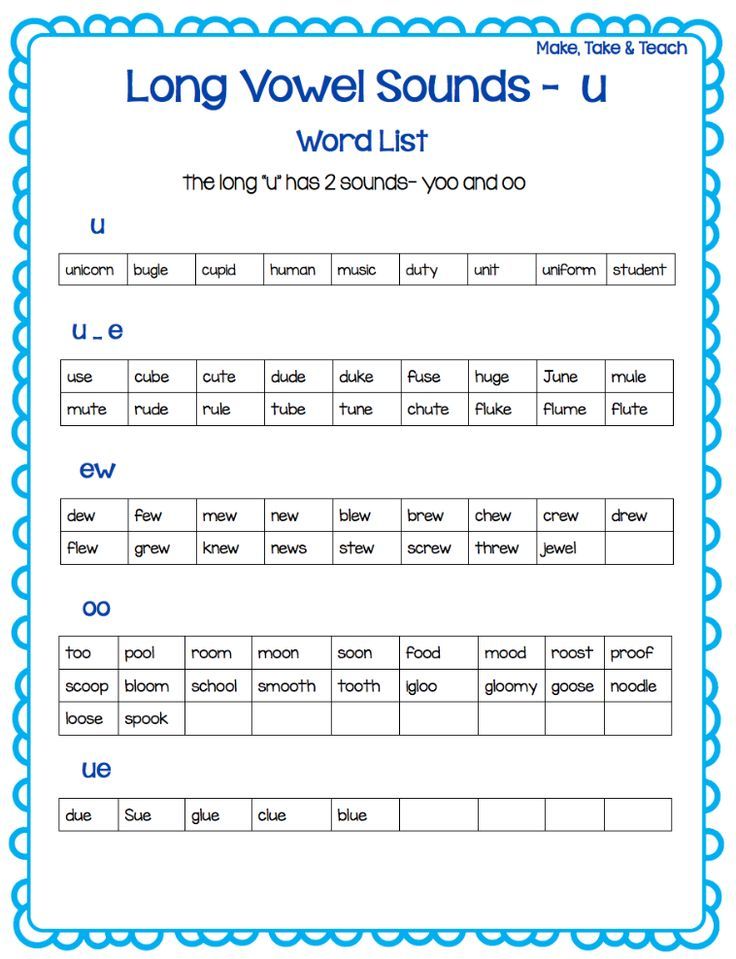
English vowels
Short vowels ( Short vowels ) in English in transcription are indicated as follows:
boxdog [dͻg]dog
pig[pig]pig
Long vowels ( Long vowels ) in English in transcription are indicated as follows:
horse [hͻ:s] horsekeep [ki:p]keep
steal[sti:l]steal
To convey longitude in transcription, a colon is placed after the sound, as in the examples.
Consider the first short sound [i] . Pronounced like a Russian sound [and] . Pronounce this sound briefly.
Now try to read it yourself
dig [dig] dig- shovel
brik [brik]brik - brick
skip [skip] skip - jump
Read and compare short and long sounds
still [stil]still - steal [sti:l]steal
be [bi]be - bee [bi:]beeship [ship]ship- sheep [shi:p]sheep
Now a short vowel sound [ӕ] .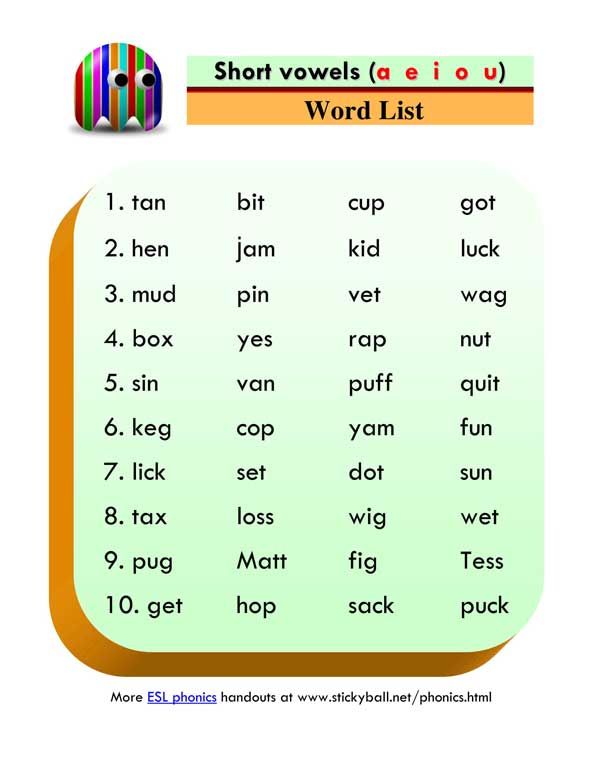 Pronounced like a Russian sound [e] .
Pronounced like a Russian sound [e] .
Now try to read this sound yourself:
snack [snӕk] snackmap [mӕp] map
manager [mӕnidʒə] manager
Sound [e] .
Try to pronounce the sound [e] yourself
metal [`metl]metalseldom [`seldəm]seldom - rarely
belt [belt]
Let's move on to a short sound [ə]
Sound [ə] in English is called schwa is a neutral sound. This sound is unstressed and practically unpronounceable, it is found in many English words.
Example:
burglar [`bз:glə]burglar - thiefadvance [əd`va:ns] advance
master [`ma:stə]master
Consider the example a cup of tea .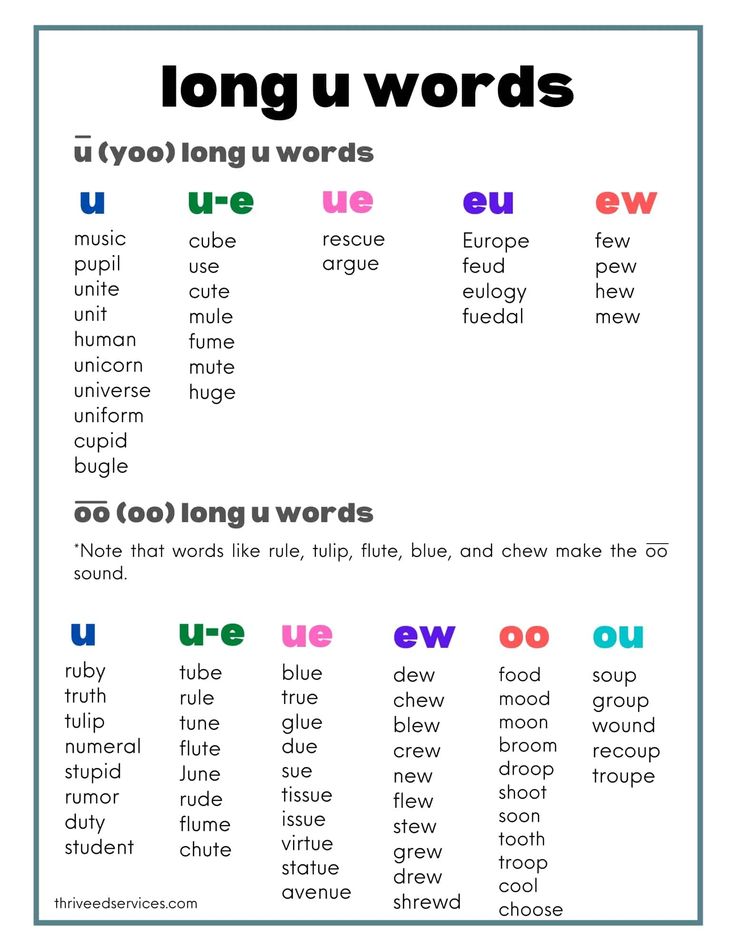 In this example, the article a and the preposition of are the neutral sound schwa .
In this example, the article a and the preposition of are the neutral sound schwa .
[ə`kʌpə ti:]
Hence the name cuppa - a cup of tea.
Now consider the short sound [ʊ]
Let's try to read this sound on our own
book [buk] book - bookcook [kuk]cook
took [tuk]took - took
Next sound [ʌ] .
Try to read the sound yourself [ʌ]
[dʌv] Dove- dove[dʒʌmp] jump
[wʌn] one
Last sound [ɒ]
Trying to pronounce this sound ourselves
odds [ɒdz]odds-opportunitiesoffice [`ɒfis] office
off [ɒf]off
We now know how to pronounce short vowels correctly. Do not forget that in order to pronounce sounds correctly, you need to listen to the speech of native speakers more often. Watch movies, instructional videos, listen to songs. Phonetics in English is an integral part of the language, as well as grammar. If you know the rules of grammar perfectly, but don't pronounce the words well, you will not be understood.
Do not forget that in order to pronounce sounds correctly, you need to listen to the speech of native speakers more often. Watch movies, instructional videos, listen to songs. Phonetics in English is an integral part of the language, as well as grammar. If you know the rules of grammar perfectly, but don't pronounce the words well, you will not be understood.
The main thing is to pronounce words clearly and correctly. You must understand that in English there are a huge number of words that are similar in spelling, but they are pronounced differently. For example, the words ship - ship and sheep - sheep. The spelling is a bit similar for these words, but what about the pronunciation? Let's look at the transcription of the words: ship [ʃ i p] and sheep [ʃ i: p] . The first word has a short vowel, and the second has a long vowel. If you pronounce these words incorrectly, for example, the first word with a long vowel, and the second with a short one, then you will not be understood correctly, you may even put yourself in a stupid position.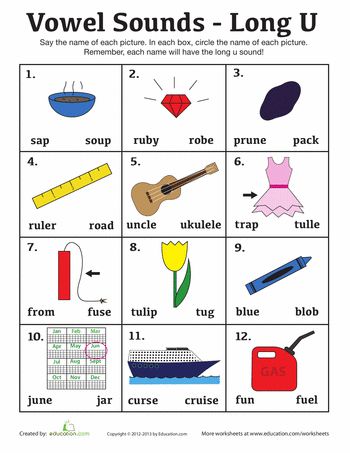 That is why it is necessary to study the phonetics of the language.
That is why it is necessary to study the phonetics of the language.
Let me give you another example. In the English language, intonation is very important when you ask: How are you? How are you? You should ask with a high intonation, if you say with a low intonation, the interlocutor will think that you are a very angry and aggressive person. In order not to frighten the interlocutors, study the rules of intonation.
Now we will analyze long vowels ( Long vowels ).
Consider the first long vowel [i:] .
Now we know how to pronounce these sounds correctly. Let's try to read words with a long vowel [i:] on our own:
precede [pri`si:d]precedesecretive [`si:krətiv] secretive
negro [`ni:grəʊ]negro
tease [ti:z] tease
uneasily [ʌn`i:zili]uneasily-not easy
speed [spi:d]speed
queen [kwi:n]queen
premium [`pri:miəm] premium
Next, consider the sound [ɜ:] .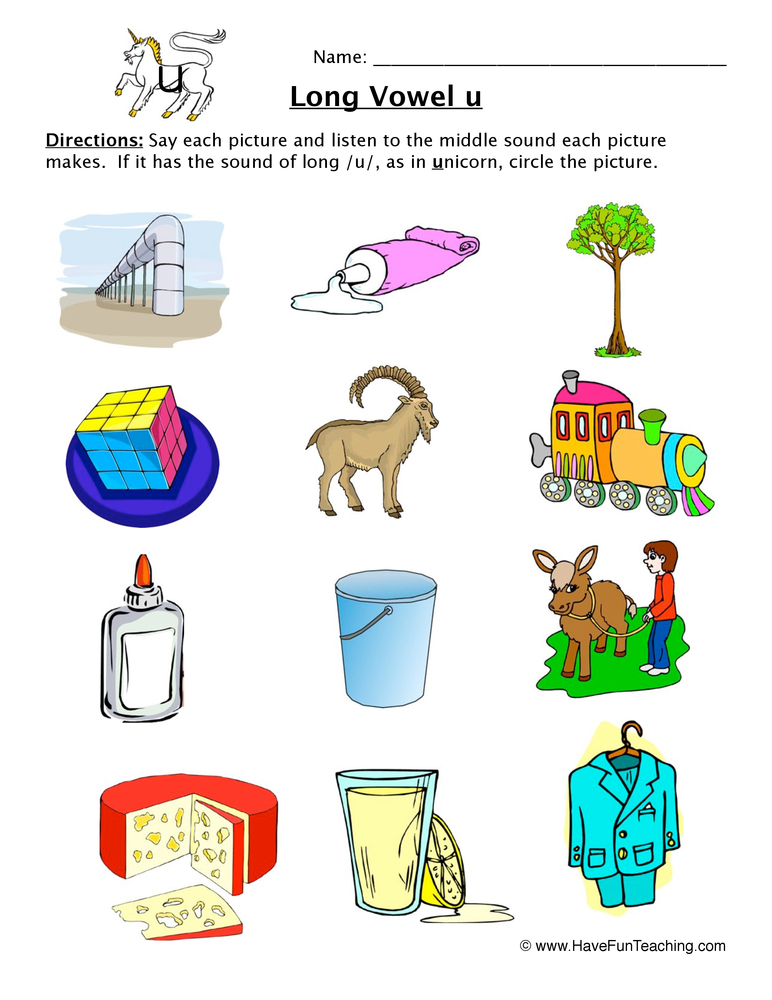
Let's try to pronounce words with this sound on our own:
reserve [ri`zɜ: v] reservereserve [`sɜ: fis] reserve- surface
survey [`sɜ:vei] survey
versus [`vɜ:səs]versus - in comparison with
worker [`wɜ:kə] worker
worst [wɜ:st]worst - worst
sunburn [`sunbɜ:n]sunburn - sunburn
Consider the long vowel [ a: ] .
Let's try it ourselves:
hard [ha:d]hard - hardenchant [in`tʃa:nt]enchant - enchant
spark [`spa:k]spark
laughter [`la: ftə] laughter - laughter
raft [ra:ft]raft - raft
Long vowel [u:] .
Now we can pronounce words with this sound ourselves. We try:
schoolmate [`sku:lmeit]schoolmate - classmatesuit [sju: t] suit
new [nju:]new
numeral [`nju:mərəl]numeral - numeral
The next sound is [ ͻ:] .